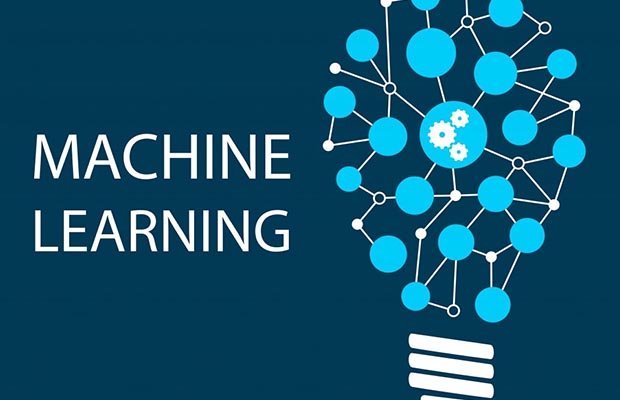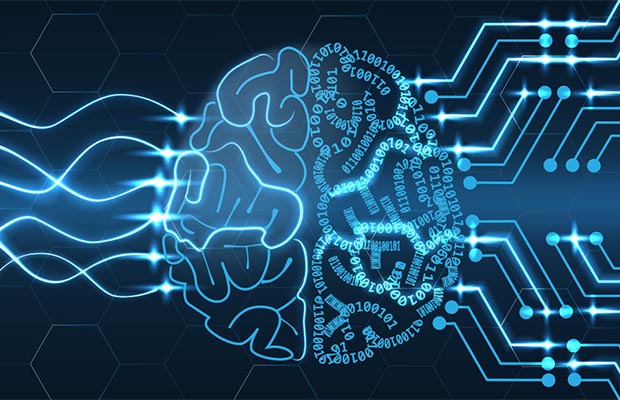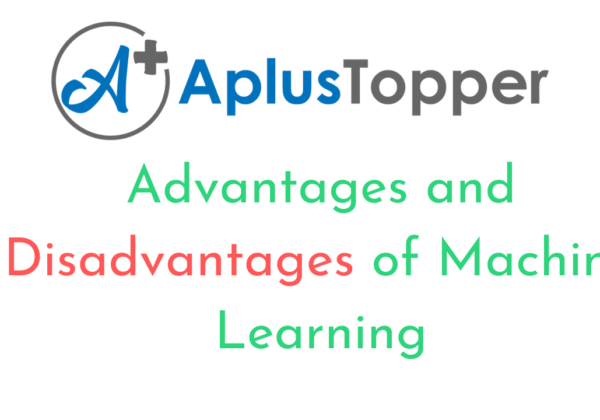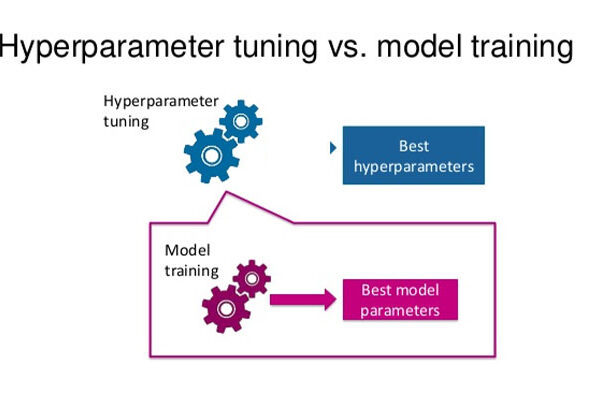A kernel in machine learning is a technique that, without physically entering or comprehending the higher-dimensional space in question, maps non-linear data into a higher-dimensional space so that we can use linear classifiers to solve non-linear problems.
The reader will be encouraged to enter the world of machine learning (ML) for the first time after reading this article.
In this article, we’ll gain a better understanding of machine learning kernels. We set up the issue that kernels aim to resolve before going into great detail about how they operate. Applying a Gaussian kernel to a non-linear problem helps us better understand kernels.
Table of Contents
What Are Kernels?
Kernels also referred to as kernel techniques or kernel functions are a group of various pattern analysis algorithms that use a linear classifier to solve a non-linear problem that has already been identified. SVM (Support Vector Machines) uses Kernels Methods in ML to address classification and regression problems. The SVM (Support Vector Machine) uses the “Kernel Trick,” in which data is processed and an ideal boundary for each output is established.
In other words, a kernel is a term used to describe applying linear classifiers to non-linear problems by projecting non-linear data onto a higher-dimensional space without having to travel to or comprehend that higher-dimensional region.

Kernel Function: What Is It?
To talk about kernels, we need to understand terms like SVM (support vector machines) –classifications –supervised Learning –machine learning -blah blah…. Right, there are a lot of terms, but don’t let that discourage you—I had no idea what any of them meant before the DIY exercise. Let’s go through it together:
Therefore, if you want your program to, for instance, predict traffic patterns at a busy intersection (task T), you can run it through a machine learning algorithm with data about previous traffic patterns (experience E). If it has successfully “learned,” it will then perform better at predicting future traffic patterns (performance measure P).
Among the different types of ML, tasks are what we call supervised learning (SL). In this scenario, you enter some information for which you already have the answers (for instance, to determine whether a dog belongs to a specific breed, we load in millions of dog information/properties such as type, height, skin color, body hair length, etc.). These characteristics are referred to as “features” in machine learning jargon. A single entry from this list of characteristics is referred to as a data instance, and the entire collection of features serves as the training data that serves as the foundation for your prediction, so if you know a dog’s height, skin color, body hair length, and other characteristics, you can guess what breed it most likely belongs to.
How Does Kernel Function?
To better understand how Kernels work, let us use Lili Jiang’s mathematical illustration.
Mathematical definition: K(x, y) equals f(x), f(y). Here, x and y are n-dimensional inputs, and K is the kernel function. f is a map from n-dimension to m-dimension space. < x,y> denotes the dot product. usually, m is much larger than n.
Intuition: normally calculating <f(x), f(y)> requires us to calculate f(x), f(y) first, and then do the dot product. Due to the fact that these two computation steps require manipulations in an m-dimensional space, where m may be a large number, they can be quite expensive. However, the dot product’s outcome is actually a scalar after all the trouble of traveling to the high-dimensional space: we come back to one-dimensional space again! We now have the following query: do we really need to go through all the trouble to get this one number? do we really have to go to the m-dimensional space? If you can find a smart kernel, the answer is no.
Machine Learning: Unsupervised And Supervised
Supervised machine learning is also known as supervised learning. It differs from other approaches by using labeled datasets to train algorithms that correctly categorize data or forecast outcomes. A supervised learning algorithm looks at the training data and produces an inferred function that we can use to map new examples.
Unsupervised machine learning is also known as unsupervised learning. Unsupervised learning’s main subgroup, clustering, analyzes unlabeled datasets using ML algorithms.
What Are Kernel Methods In Machine Learning?
Among the numerous methods used by the kernel are the following:
- Support Vector Machine (SVM)
- Adaptive Filter
- Kernel Perception
- Principle Component Analysis
- Spectral Clustering
1. Support Vector Machine (SVM)
It can be characterized as a classifier for separating hyperplanes, where a hyperplane is a subspace with a dimension smaller than the surrounding space. Support vector machines become much more difficult to interpret as dimensions increase.
It’s more challenging to envision how we can divide the decision boundary from the linear data. A hyperplane is a p-1 dimensional flat subspace in the larger p-dimensional space in p-dimensions. The hyperplane is merely a two-dimensional line.
2. Adaptive Filter
It makes use of a linear filter that integrates the transfer function, which is controlled by a number of techniques and parameters, which we will use to fine-tune these parameters in accordance with the development algorithm. Because the optimization algorithm is so complex, every adaptive filter is a digital filter.
For applications where the implementation changes or where the desired performance is unknown in advance, an adaptive filter is necessary. A flexible closed-loop filter is given the cost function as necessary for the best filter performance. To lower the cost of subsequent duplication, it decides how to modify the filter transfer function.
3. Principle Component Analysis (PCA)
A tool for reducing data size is principal component analysis. We are able to do so without significantly reducing the amount of data. By obtaining a combination of orthogonal lines (key components) for real flexibility with very large variations, PCA reduces the size. Most of the data variability is captured by the first significant component.
The remaining variations, the remainder of the first main part, and so forth are captured in the second main part, which is orthogonal to the main part. A few principal components are grouped together with a large number of uncorrelated principal components to define the majority of the actual data variations. The PCA that makes use of kernel methods is extended by the kernel principal component analysis. The kernel variant works for a large number of attributes but slows down for a large number of examples, in contrast to the standard linear PCA.
4. Kernel Perception
It’s a variation of the well-known perceptron learning algorithm used in machine learning to train kernel machines. It includes non-linear classifiers that estimate how similar new samples are to training samples using a kernel function.
Convex optimization or eigenproblems are statistical foundations for the majority of kernel algorithms that have been discussed. So, their statistical properties are examined using the statistical learning theory.
There are many uses for kernel methods, including:
- 3D reconstruction
- Bioinformatics
- Geostatistics
- Chemoinformatics
- Handwriting recognition
- Inverse distance weighting
- Information extraction
5. Spectral Clustering
It is known as segmentation-based object categorization in the context of image classification. In Spectral Clustering, size reduction is carried out before merging into smaller sizes, and this is achieved by using the eigenvalue matrix for data matching.
Its origins can be found in graph theory, where this approach is used to recognize node communities on a graph based on the edges that link them. This technique is sufficiently flexible to enable us to also compile data from non-graph sources.
Algorithm 1 is used in Soft Kernel Spectral Clustering (SKSC) to determine the intricate initial classification of training data. The soft group assignments then proceed to determine the cosine distance between each point and other group prototypes in the speculative space e (l). Take into account, in particular, the speculative value of training points.




